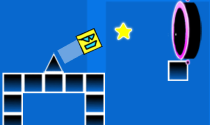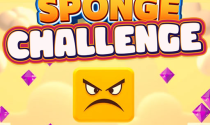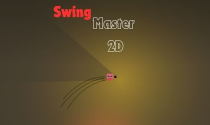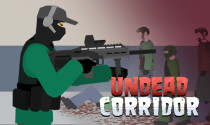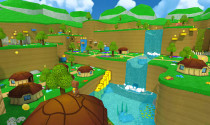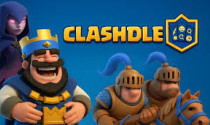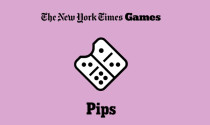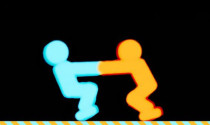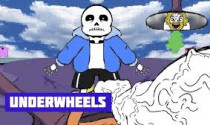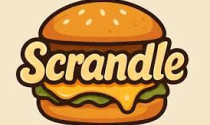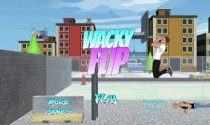Count and Bounce
Count and Bounce is an engaging and dynamic game that combines elements of mathematics, coordination, and teamwork. It's a popular choice for classrooms...
Similar games
About Count and Bounce
Count and Bounce is an engaging and dynamic game that combines elements of mathematics, coordination, and teamwork. It's a popular choice for classrooms, youth groups, and team-building exercises due to its ability to foster communication and problem-solving skills in participants of all ages.
The game requires a group of players to stand in a circle. The objective is to count collectively while ensuring that no two players speak simultaneously. If two players accidentally speak at the same time or if a player hesitates for too long, the count restarts from one.
Benefits:
- Communication Skills: Players must listen attentively and communicate clearly to ensure the count progresses smoothly.
- Problem-Solving: The game requires quick thinking and adaptability, especially during challenge rounds or when mistakes occur.
- Coordination: Tasks such as bouncing a ball or performing math operations add a physical and mental coordination element to the game.
- Teamwork: Collaborating to maintain the count without errors fosters a sense of teamwork and camaraderie among players.
How to play Count and Bounce
Formation: Players stand in a circle, ensuring they can see each other.
Start the Count: The game begins with one player saying "one." The count then proceeds clockwise around the circle, with each player saying the next number in sequence.
Rules:
- Players must say the numbers aloud in sequence, ensuring that there are no interruptions or overlaps.
- If two players accidentally speak at the same time, the count restarts from one.
- If a player hesitates for too long or fails to say their number clearly, the count restarts from one.
- Players should maintain a steady pace to keep the count flowing smoothly.
Challenge Rounds: To add complexity and excitement, facilitators can introduce challenge rounds where players must complete a task before continuing the count. For example:
- "Bounce": When a predetermined number is reached (e.g., multiples of 5), the player who says that number must bounce a ball or other object into the circle before the count can continue.
- "Math Challenge": Instead of saying the next number, the player must perform a simple arithmetic operation (addition, subtraction, etc.) on the previous number before saying the result. For instance, if the count reaches 10, the next player might say "10 plus 3 equals 13" before the count proceeds.
- "Word Association": Players must say a word related to the number they're about to count. For instance, when reaching 7, a player might say "lucky" before continuing with "eight."
Team Building and Variations: To encourage teamwork and cooperation, players can be divided into teams and challenged to reach a target count without any mistakes. Additionally, variations of the game can be introduced to suit different age groups and settings.




